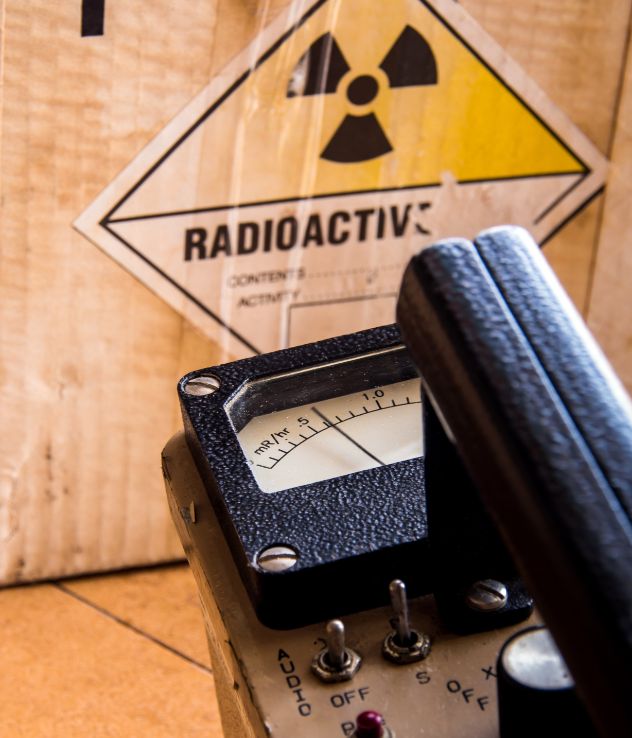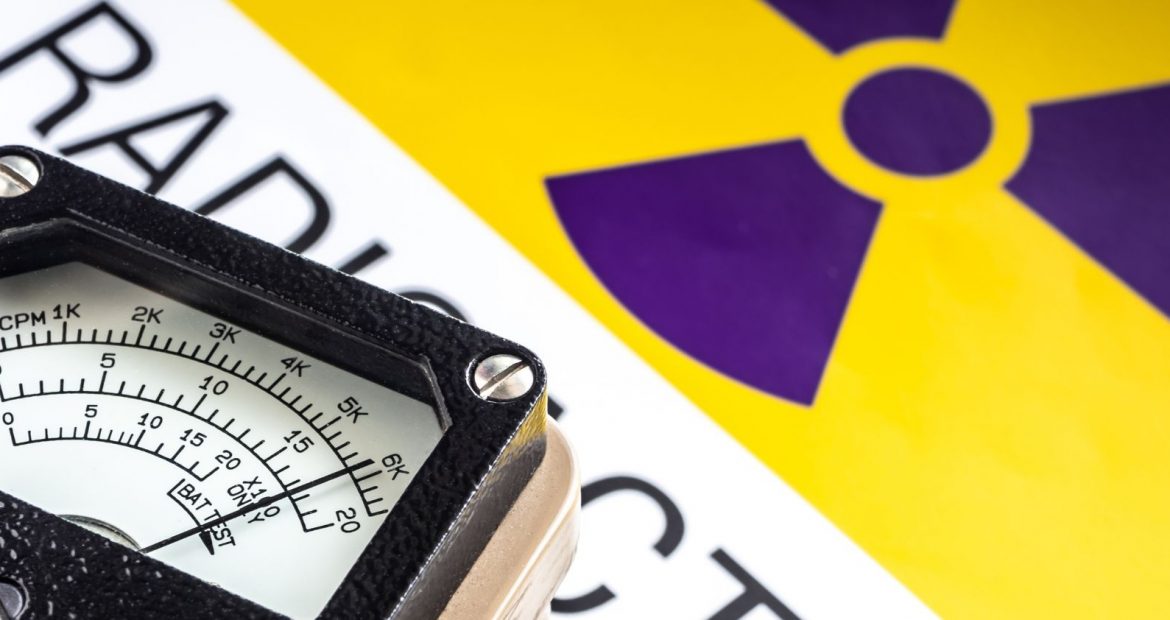If you work in the industrial sector or in facilities where radiation may be produced or present, you probably know or have heard about dosimetry.
At Helgeson, we are experts in the design and manufacture of radiation detectors, and one of the services or products we offer is precisely radiation protection monitors for dosimetry.
If you want to know what dosimetry is, how it is measured and what we can offer you, do not hesitate and continue reading.
What is dosimetry?
Dosimetry measures the radiation dose absorbed by a material or tissue.
It is relevant for all those workers who are exposed to a radiation field.
In the industry sector there is an increasing use of ionizing radiation sources, so the company must ensure that it has the necessary mechanisms and tools to control and monitor the effects of these emissions.
Therefore, we can say that dosimetry is the control of the level of exposure to ionizing radiation that is carried out on any person working with radioactive sources.
How is the absorbed dose measured?
As we have seen, dosimetry measures the level of exposure to ionizing radiation and this is translated into a result which is the «absorbed dose».
This absorbed dose is the amount of energy that enters an irradiated material or tissue per unit mass. It depends on several factors such as: the nature of the radiation field, the irradiated tissue and the matter-radiation interaction.
What is the purpose of dosimetry?
The purpose of this measurement is to ensure that a person’s working conditions are adequate to protect their health and avoid adverse effects.
Therefore, as part of the radiological safety of a company working with ionizing energy, having radiation protection monitors is essential to prevent the appearance of harmful effects.
How is the dosimetry regulation?
In Spain, this measurement and prevention is a key part of occupational risk prevention in the industrial, nuclear and medical sectors.
The Nuclear Safety Council regulates dosimetry and collects the records of all exposed workers in the National Dosimetry Bank.
In the year 2022, in the Royal Decree 1029/2022 appears that the maximum dose for exposed workers is 20 mSv per year.
Types of dosimetry:
There are several types of dosimetry:
- Environmental: Measures radiation dose around nuclear power plants or high impact facilities.
- Area dosimetry: Measures radiation dose in work areas.
- Personal dosimetry, which measures the dose received by people exposed to ionizing radiation. Within this point there are two modalities:
- External radiation dosimetry: it contemplates situations in which irradiation is produced by external sources. Ingestion of radioactive material.
- Internal radiation dosimetry: This is the radiation absorbed by the organism.

Why is dosimetry and dosimeter important?
As we have seen, it is a mechanism to control that workers’ health is not at risk.
Although it is important to emphasize that dosimetry is not a radiation shield but measures the amount of radiation that a person has already received and allows you to assess the situation in order to make decisions.
Therefore, having a dosimeter helps to:
Have control over the radiation doses received.
Correct any problems and ensure a safe working environment.
Helgeson. Internal dosimetry monitors
As we have seen, internal dosimetry is one of the types of dosimetry and measures a person’s radiation.
In this type of dosimetry, there can be monitors for extremities, whole body, etc.
In Helgeson we have different options according to the needs of the company. Do not hesitate and visit our website to see the needs and technical characteristics of our monitors.
If you have any questions, we will be happy to assist you. Get in touch with us.

